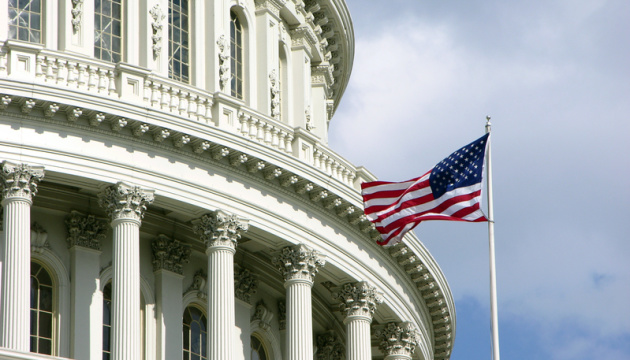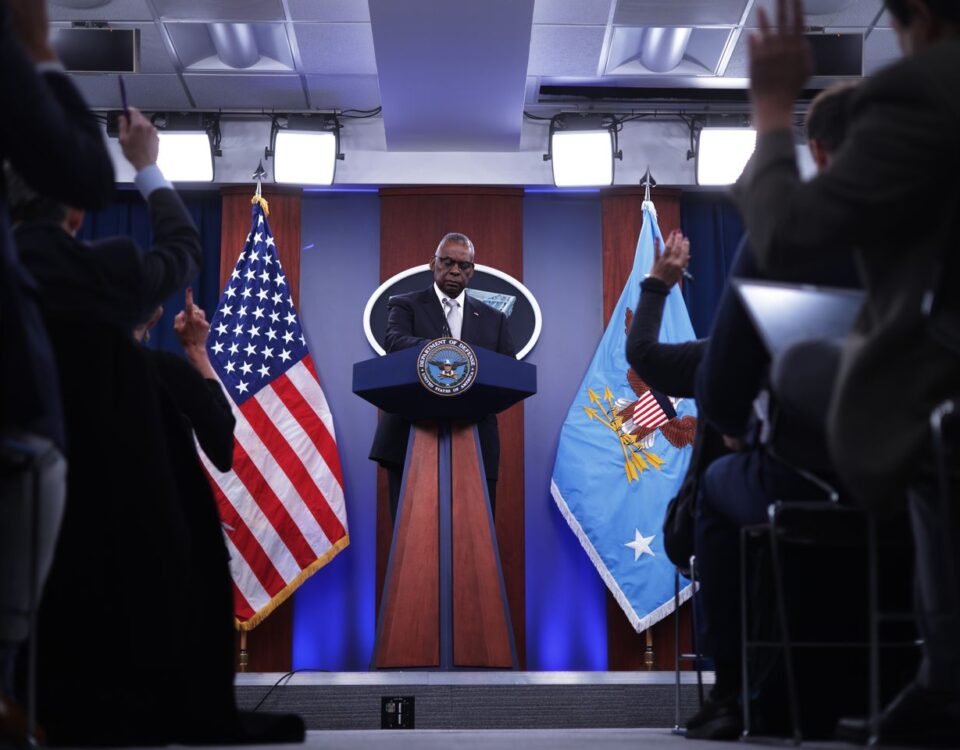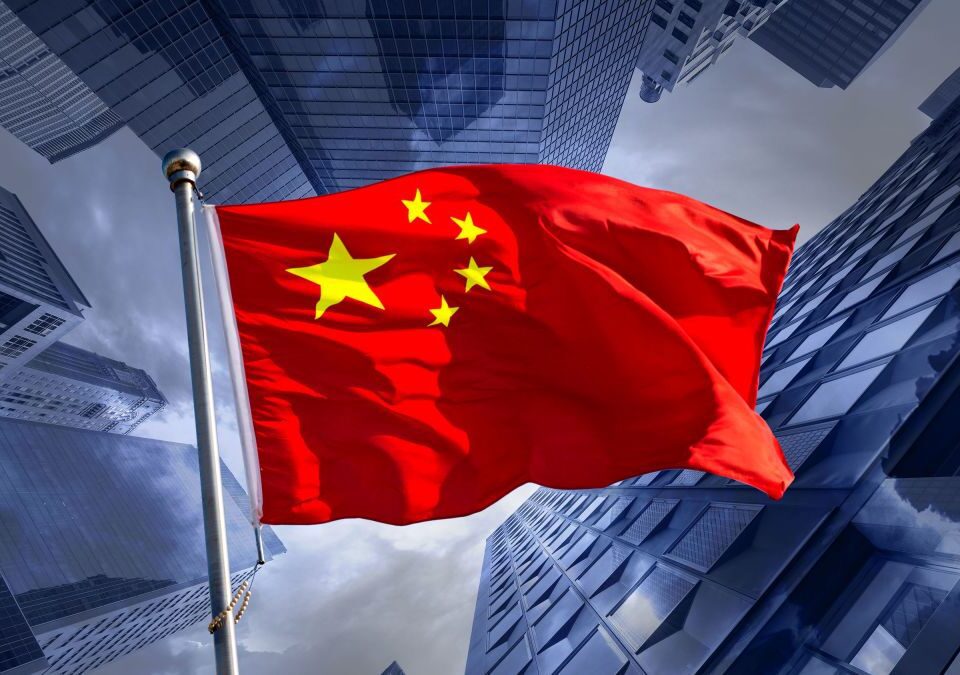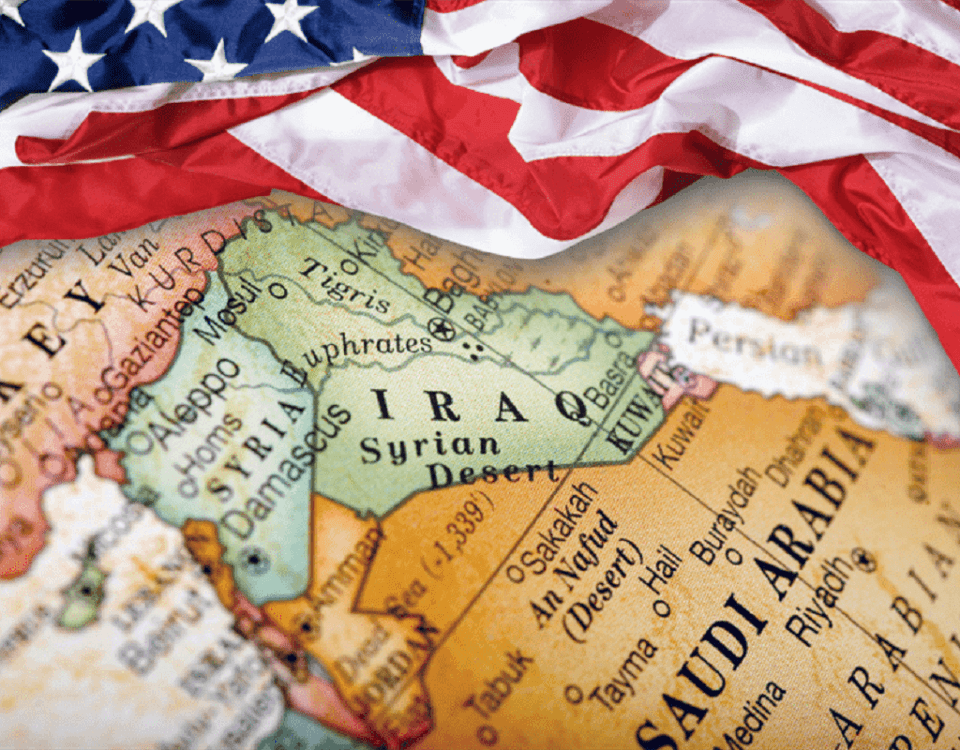
Climate Change as a Contributing Factor to Terrorism in Pakistan
December 23, 2023
India-Iran Tensions Rise After Tanker Attack in Indian Ocean
December 30, 2023
Abdul Basit
Narendra Modi leveraged his successful implementation of Hindutva policies as Chief Minister of Gujarat in 2002 to transform India into a Hindu religious state under the same ideological framework following his victory in the national-level elections in 2014. The resounding electoral triumph of the Bharatiya Janata Party (BJP) in 2014 validated the effective promotion of a practical redefinition of domestic and foreign policies to the public. Modi exhibited heightened confidence in his second term as he embraced his Hindutva beliefs while openly rejecting the Nehruvian ideology. He criticizes the Nehruvian approach for neglecting Indian national interests. He holds it responsible for significant failures in foreign policy and diplomatic setbacks, which have undermined India’s strength in the international arena.
The BJP-led Indian administration has invested substantial efforts in altering the discourse surrounding Indian foreign policy, departing from the terminology and concepts inherited from the post-colonial era primarily influenced by Jawaharlal Nehru. Instead, introduces a fresh set of terms and images mainly inspired by the Hindu nationalist tradition, rooted in the ideologies of figures such as Swami Vivekananda and Aurobindo Ghose.
The inauguration of India’s new parliament building, intended to symbolize post-colonial India, took an unexpected turn. A contentious mural depicting an ancient map of India was unveiled during the ceremony on May 28, leading to a dispute with neighboring countries. The mural’s reference to Greater or Undivided India, known as “Akhand Bharat” and championed by Hindu nationalists, caused alarm among these nations. The map embraces parts of Afghanistan, almost complete Pakistan, Nepal, Bangladesh, Sri Lanka, and Myanmar as parts of Greater India.
On the eve of the Pralhad Joshi, the Minister for Parliamentary Affairs referred to a mural representing the Akhand Bharat map. Akhand Bharat is a long-standing right-wing concept that envisions a unified Hindu nation in the Indian subcontinent. Joshi’s tweet indicates a precise determination to pursue Akhand Bharat’s vision.
Hindutva presents a diplomatic challenge by diverging from the goal of representing a pluralistic and secular India. Instead, it promotes a political agenda centered on civilizational supremacy, emphasizing hyper-masculine notions of global security and anti-Western ideologies rooted in Hindu revivalism. The decision of the Indian Prime Minister to personally inaugurate the recently constructed building of the Parliament generated opposition from rival political parties who argued that the Indian President should have been present for the inauguration. The unveiling of a map depicting an expanded Hindu empire caused a significant outcry among individuals who identify with Akhand Bharat. This controversial mural could ignite an unnecessary and detrimental diplomatic dispute in neighboring countries. Considering the existing volatile situation and the lack of trust, this situation will likely exacerbate tensions, particularly in the relationship between Pakistan and India.
The BJP regime, which represents the political faction of the RSS, is pursuing Hindu nationalism to exclude non-Hindu groups residing in the envisioned Akhand Bharat territory. In the modern era, the utilization of information technology has significantly increased, with states worldwide employing these tools to promote their ideas and garner public support for their respective goals. Similarly, the Indian government has publicly presented the map of Akhand Bharat to highlight its expansionist aspirations to the international community. Chanakya’s philosophy emphasizes the importance of material gains (Artha) for the well-being of a state, as financial strength is crucial for establishing dominance. The current Indian administration eulogizes the ideologues preaching the Hindutva wisdom and emphasizing the establishment of a Pan-Hindu state. The mural’s unveiling likely conveys the assertive and saffronized stance of Indian foreign policy. In line with traditional Hindutva concepts, India seeks to become a regional power and intends to expand its territorial boundaries to achieve this objective.
Within Modi’s broader objective to construct a ‘New India,’ his government endeavored to reestablish fundamental aspects of Indian foreign policy based on Hindu nationalist ideology. They sought to reshape the language and direction of international relations to align with their distinctive approach, aligning Indian diplomacy more closely with their political agenda. Since May 2014, right from the early stages of his government, Modi and his political allies have made a deliberate and concentrated effort to challenge established notions of India’s global position and operational methods. Instead, they sought to replace these conventional approaches with alternative perspectives drawn primarily from the Hindu nationalist tradition, believing that these alternatives would yield superior policies and better serve India’s national interests. Additionally, they anticipated that perceived successes in foreign policy would enhance and sustain Modi’s leadership position, consolidate the BJP’s dominance in government, and yield electoral benefits. This reinvention of foreign policy was partially motivated by the desire to improve domestic political standing for both Modi and the BJP, a noteworthy move given the generally limited knowledge of, and interest in, international relations among the Indian electorate.
The pursuit of an ‘Akhand Bharat’ by the current Indian government is confronted with significant challenges within the borders of India, transcending beyond the complexities in Jammu and Kashmir. The population in the region has encountered fragmentation, confinement, and heightened surveillance in the name of integration with the rest of the nation. Recent unrest in Manipur, coupled with the expression of separatist aspirations in the northeast region and concerns voiced by South Indian states regarding the governance of the Bharatiya Janata Party-led central government, serve as illustrative examples that warrant attention. Likewise, the Khalistan separatist movement and the ongoing struggle for freedom in Indian Illegally Occupied Jammu and Kashmir represent pertinent instances of this broader trend. These various separatist movements have deep ideological underpinnings and are driven by apprehensions toward central authority. The idealistic, linguistic, and communal divisions have the potential to Balkanize Indian sovereignty. Hence, it is crucial to acknowledge that India is currently grappling with significant internal challenges and disturbances, thereby rendering the realization of the vision of an Akhand Bharat considerably distant.
It has been observed that the issue of maps causing tensions with neighboring countries is not exclusive to India. Similar instances have occurred in other nations, such as when Hungarian leader Viktor Orbán wore a football scarf depicting the outlines of a “Greater Hungary” based on historical borders, which caused dissatisfaction between Romania and Ukraine. Furthermore, Chinese maps featuring the Nine Dash Line, representing their disputed claims in the South China Sea, have consistently provoked anger in neighboring countries like Vietnam.
It is noteworthy, however, that India’s map holds a unique significance as it is physically engraved in a building referred to by the Indian Prime Minister as a “temple of democracy” in a country that perceives itself as a regional leader. Some individuals, including Aakar Patel, an author and government critic, argue that considering India’s status as the most prominent nation and economy, it would be more beneficial for India to adopt a positive approach towards its neighbors. They express concern that the direction taken by the map contradicts the path India should ideally pursue. It is essential to clarify that the critics of the map do not accuse India of having active plans for annexation. Additionally, it should be noted that an envisioned “Greater India” encompassing Pakistan and Bangladesh would entail a significant non-Hindu population, which would run counter to the Bharatiya Janata Party’s objective of establishing a Hindu rashtra (nation).
Regrettably, the Bharatiya Janata Party’s ambitious vision of positioning India as a prominent global player is hampered by the internal discord it has fostered. Consequently, the achievement of a globally influential India remains an elusive aspiration. The growing concerns among Pakistan, Nepal, and Bangladesh regarding India’s aspirations for regional expansion are justifiably detached, given the examples mentioned earlier of internal discord within India. All nations must recognize that India’s purported imperial ambitions lack a substantive foundation, mitigating any unwarranted concerns among neighboring countries.
The author is an Associate Research Officer at Centre for International Strategic Studies, AJK.






